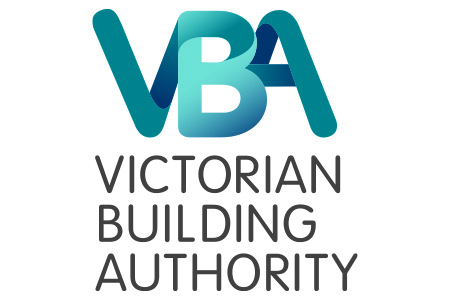An update from the Australian Building Codes Board

Consultation on the NCC 2022 public comment draft
The National Construction Code (NCC) 2022 public comment draft has opened for a two-part consultation process.
The first stage of the consultation seeks comment on all NCC content, except energy efficiency and condensation proposals that arise from project work.
The public comment period for this first stage opened on May 10 and will close on July 2.
Proposed content relating to energy efficiency and condensation project work will open for comment on July 19.
Comment on both stages of the public comment draft will only be accepted through the ABCB’s online Consultation Hub.
To access the public comment draft and provide feedback, visit the ABCB website to register and learn more.
2022 ABCB Cadetship program
Are you an industry graduate or know someone who has recently graduated? Why not apply for the Australian Building Codes Board’s 2022 Cadetship program!
The ABCB Cadetship offers a unique insight into building regulation and development, while working with industry professionals to develop a world-class building and plumbing code – the National Construction Code (NCC).
Along with learning about the NCC and working on real-life projects, the Cadetship program also provides the opportunity to gain valuable Australian Public Service experience while working within the ABCB office in Canberra.
The Cadetship program offers successful applicants:
- A 12-month contract role
- A competitive salary of $60,500+ super
- The opportunity to develop real-world professional skills
- Access to a network of building and plumbing professionals
The Cadetship is suitable if you have studied in the following areas:
- Building Certification/Building Surveying
- Building/Built Environment
- Construction Management
- Architecture
- Building Design
- Structural Engineering
- Mechanical Engineering
- Energy Efficiency/Sustainability
- Plumbing or Hydraulic Design or associated field
To learn more and apply, visit the ABCB website to find out how to apply.
NCC Provision A2.2(4) and CodeMark certificates
https://www.abcb.gov.au/Connect/Articles/2021/05/03/NCC-Provision-and-CodeMark-Certificates
New mandatory NCC provision relating to performance solutions
NCC Provision A2.2(4) comes into effect on 1 July 2021 and sets out the formal process and documentation requirements for the development of Performance Solutions. Building and plumbing practitioners are advised that this is a mandatory provision of the NCC and is applicable whenever a performance solution is proposed.
The application of A2.2(4) is in proportion with the complexity of the relevant Performance Solution.
A large and complex Performance Solution will require an extensive performance-based design brief and detailed analysis.
Example of new NCC provision with CodeMark
This article explains the application of A2.2(4), specifically where a building product’s compliance with a Performance Requirement is demonstrated by a CodeMark Australia Certificate of Conformity (CodeMark Certificate).
The CodeMark Certification Scheme (the Scheme) is a non-mandatory building product certification scheme that provides a method for verifying that a building product meets nominated requirements of the Building Code of Australia (BCA).
CodeMark provides confidence and certainty to regulatory authorities and the market through the issue of a Certificate of Conformity, which is one of several options available for meeting the ‘evidence of suitability’ requirements of the BCA.
As well as allowing a certificate to attest compliance with relevant Deemed-to-Satisfy (DTS) Provisions, the scheme permits a CodeMark Certificate to attest the compliance of a building product with relevant Performance Requirements of the BCA.
When a CodeMark certificate is used to demonstrate compliance with a Performance Requirement, the following steps outline what would likely constitute an appropriate method of documentation:
- Performance-based design brief (PBDB)
A PBDB is prepared outlining the proposed use of the relevant product, with input from relevant stakeholders. The brief will identify the relevant NCC provisions and note the intention to use a CodeMark Certificate to demonstrate compliance with the relevant NCC Performance Requirements.
- Analysis
The Conformity Body who issued the CodeMark Certificate has undertaken analysis to demonstrate that the product meets the nominated Performance Requirements.
- Evaluation
This step entails checking that the CodeMark Certificate is valid and can be relied upon. The JAS ANZ website contains a register of all valid CodeMark Certificates.
- Final report
The final report will nominate the relevant NCC requirements identified in the PBDB, declare that use of the relevant product in the proposed development falls within the limitations of the CodeMark Certificate and report that the certificate is current and valid. In doing so, the report will verify that the relevant Performance Requirements have been met.
To learn more about the CodeMark Certificate Scheme, visit the ABCB website.
